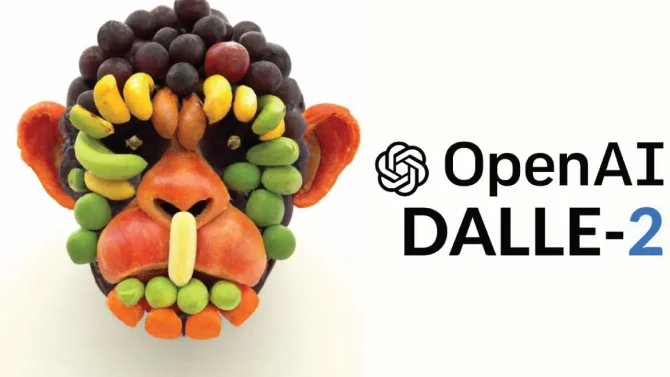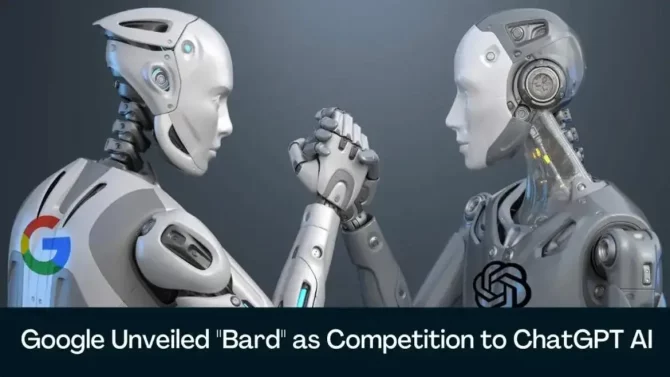
GigaGAN vs. DALL-E: The Ultimate Text-to-Image Synthesis Showdown. GigaGAN is a new Generative Adversarial Network (GAN) architecture that can generate high-quality images from text input. It is developed by a team of researchers who aimed to overcome the limitations of previously existing GAN architectures such as StyleGAN. Compared to other language models like ChatGPT and DALL-E, GANs are more efficient as they generate images through a single pass, but their scalability has been a challenge. The GigaGAN architecture can train on large-scale datasets and has stable and scalable training. It has one billion parameters and can produce high-resolution images in just a few seconds.
The GigaGAN generator consists of a text encoding branch, a style mapping network, and a multi-scale synthesis network. The stable attention and adaptive kernel selection augment the multi-scale synthesis network. The GigaGAN discriminator has two branches for processing the image and the text conditioning. The text branch processes the text like the generator, while the image branch receives an image pyramid making independent predictions for each image scale. GigaGAN also supports latent space editing applications, such as latent interpolation, style mixing, and vector arithmetic operations.
One of the advantages of GigaGAN is its disentangled, continuous, and controllable latent space. It offers a viable option for text-to-image synthesis and has significant advantages over other generative models. Compared to Stable Diffusion v1.5, DALL-E 2, and Parti-750M, GigaGAN has a lower Fréchet inception distance (FID), a metric used to evaluate the quality of images created by a generative model by calculating the distance between feature vectors. Lower scores show that the two groups of images are more similar.
In conclusion, GigaGAN is a promising GAN architecture that can generate high-quality images from text input with stable and scalable training. Its disentangled, continuous, and controllable latent space offers significant advantages over other generative models. The paper and Github for GigaGAN are available, and credit goes to the researchers for their contribution to this project. Additionally, the community can join the 15k+ ML SubReddit, Discord Channel, and Email Newsletter to stay up-to-date on the latest AI research news, cool AI projects, and more.





